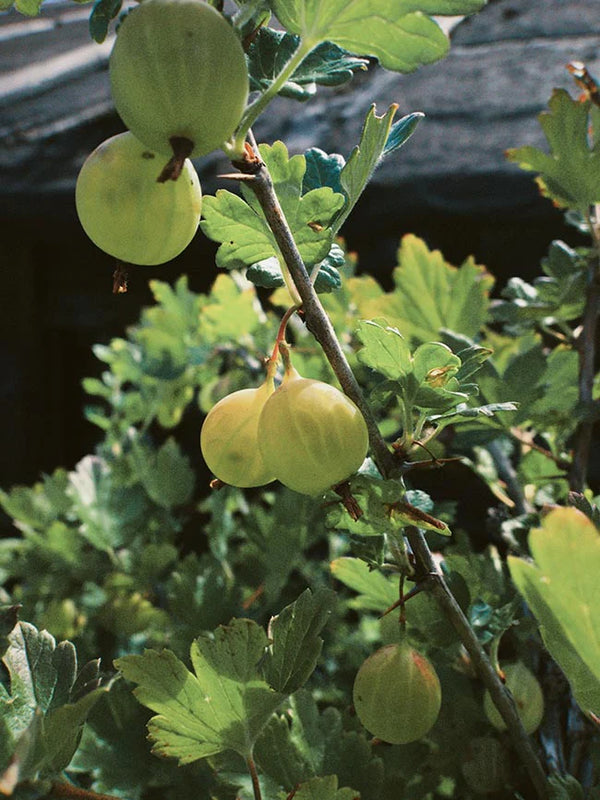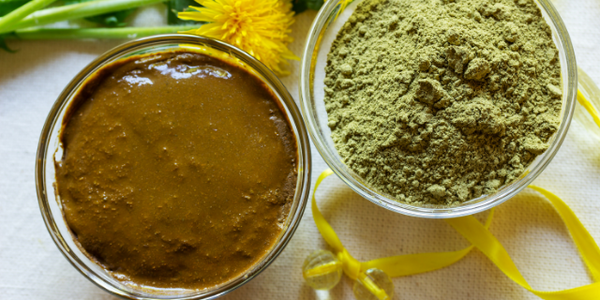Henna Hair Dye is GOOD for your hair… FACT

Once the traditional dye of Egyptian royalty, Henna (Lawsonia inermis tree) was reportedly used regularly by Cleopatra to brighten her locks and enhance her famous shine.
Throughout the ages, women and men who wanted to add colour would regularly use Henna to dye their hair, both in subtle and dramatic ways.
Natural ingredients like indigo (for depth) and cassia (for golden tones) would be added to create different effects and Amla powder would be included to tone back the redness for a more discreet effect with added shine.
In the mid-1900s however, as chemical bleaches and colourants became more popular, Henna fell out of fashion.
As we’ve started to understand the damage, both to hair and the environment of using such harsh colourants, Henna hair dye has experienced a major resurgence.
There are many myths about Henna, the biggest being that it isn’t good for the hair, however Henna fans and hair professionals the world over are here to prove that this simply isn’t true.
FACT 1: Henna is healing
Henna has been used in traditional medicine for many purposes, thanks to its astringent, and antifungal properties.
Homeopath & an Integrative Health Expert, Dr Kushboo Garodia who is also a trichologist often recommends it for clients with dandruff and those losing their hair, thanks to its soothing impact on the scalp.
FACT 2: Henna is a great for those with premature greys
Henna is rich in tannins (also found in tea) which is where the depth and intensity of the colour comes from. Once upon a time, those with early greys would be advised to try soaking their hair in tea to stain it.
Now we know that Henna is a much better alternative for achieving a natural, glossy hair effect at any age. Marry it with Bhringraj for added strength and Ayurvedic protection.
FACT 3: Henna gives your hair beautiful softness
Henna is the dye of choice for many people with more brittle or dry hair, and certainly of those of afro-Caribbean descent, who’s hair is often very fragile. It’s packed full of vitamin E, as well as proteins that support the hair’s natural structure.
This is in direct opposition to chemical colours, which work by changing the structure of the hair, leaving it depleted of protein and more at risk of snapping and splitting.
FACT 4: Henna makes fine hair feel thicker and fuller
Henna works beautifully with the hair’s keratin, meaning it gives amazing lasting colour without the need for a chemical mordant to ensure the colour stays.
With repeated use, Henna can plump the hair strands, creating an illusion of thickness and fullness that improves the look of even very fine hair.
FACT 5: Henna is not an allergen
Henna sometimes gets a bad rap because of Black Henna, or Paraphenylenediamine (PPD). PPD is present in most darker and red chemical hair dyes on the market and is the reason allergy patch tests are essential before dying.
If you’ve ever had a black henna tattoo, it’s highly likely that you are allergic to PPD and will have a reaction.
Even without the tattoo, people can often experience discomfort when using dyes with PPD (which is banned in many countries). This can range from burning and tingling whilst to itchiness, soreness and even hospitalisations in severe cases.
None of our Henna hair dyes include PPD and are kind, natural and gentle on the hair. Your likelihood of being allergic to it is incredibly small, unless you suffer from G6PD Deficiency in which case you should not use henna.
However, we always recommend that you use a patch test and strand test to check your skin’s sensitivity and the colour, at least two hours before you do a full dye.
FACT 6: Henna does not dry the hair
Lots of hair professionals will say that henna will make the hair break or shed. This simply is not true.
What IS true is that when you dye your hair with Henna it coats your hair and smoothes the cuticles flat (hence the shine). Synthetic colourants lift the cuticles and force the hair colour into the hair strands. If you’ve previously coloured your hair with Henna, this isn’t as easy to do, so the hair stylist has to use far stronger chemicals to penetrate the hair shaft.
The damage isn’t caused by the henna, but by the process of re-dying the hair, which permanently damages the hair shaft.
It is best not to put synthetic dyes over Henna’d hair, but given the damage they can cause, we’re not sure why you’d want to.
FACT 7: Henna offers lots of shades and variety of colour
There’s an idea that Henna can only create bright red hair, but with our range of dyes and blends you can work from lightest strawberry blonde (only on already light hair though – henna cannot lighten hair), to deepest inky black.
FACT 8: Henna is very long lasting
Henna is classed as a permanent because it really sticks to the hair and doesn’t easily fade, especially if you’re blonde. You can alter the colour by repeated uses, or by using ingredients like Amla, or Indigo with it to create a variation in the colour.
FACT 9: Henna is ideal for Afro Hair
Henna has a beautiful effect on curl patterns 3A to 4C, which is often very porous and open to colour. It seals the cuticle, repairing breaking and damage and offering strength without damaging the curl, although it can be loosened slightly and look more ‘defined’.
FACT 10: Henna does work on Men
Men’s hair, especially beard hair, is coarser, so often needs more than one application to avoid looking ‘Khaki’ but a natural tone of Henna is a lovely choice for a man looking to tint his hair or beard, or cover greys.
Learn more about our Henna Hair Dye here



